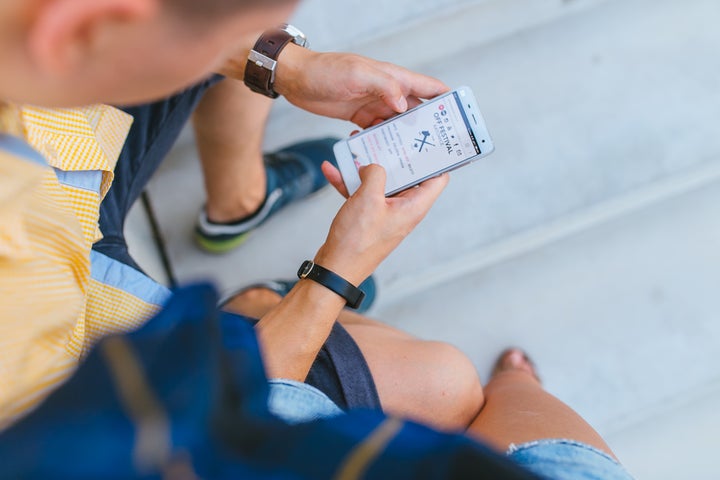
By now you’ve probably heard that one-size-fits-all workplace wellness programs don’t work. In today’s high tech world, we’re wired to expect a personalized experience. Your employees assume their technology is learning who they are and delivering relevant content – they expect the same from their wellness program.
Employees need a seamless experience that reflects who they are and where they work. By definition, personalization is tailoring the content and experience to match an individual’s preferences and behaviors. By using technology to create a personal well-being improvement plan for each employee, you build trust, authentically support employees and get a better shot at achieving the business results you seek.
Why should HR and Benefits leaders care?
Research shows that personalization leads to better results than the generic approach. People tend to like personal experiences more. They click, call, join in and buy more. In short, you’ll have better HR program adoption when people feel like you’re doing programs for them, not to them.
Did I convince you? Here are 4 ways to create a personalized experience for employees:
1. Use (lots of) data
You really can’t create a customized experience for employees without data. Start with the basic level data from HR/payroll systems, including tenure, role, country, region or full-time vs. part-time. With this information you can target specific populations – like new employees who need onboarding materials or training – or offering programs specific to regions, locations or health plans.
Health-focused data like claims, biometrics and risk scoring can also be incredibly useful when targeting specific programs. For example, offering diabetes programs only for people with diabetes or maternity programs only for pregnant women is obvious. Not doing it is a little annoying.
The most powerful data of all is user choice. Make sure your program asks what employees care about, or aspire to or worry about. Then tailor the program not just to their body shape, stress level or pay grade – but also to their hopes and dreams.
2. Offer choice
Data is great, but data alone isn’t sufficient to create a positive, personalized experience. You need to design a program that people really want and love to use. The key here is pretty simple – it’s crucial to offer personalization and choice.
Think of how Netflix automatically recommends similar movies after you’ve completed watching one. Or how Amazon recommends products that people bought after purchasing the same one you’re about to buy. Similarly, your people might not know what they want to participate in until they see it.
Your program needs to address the well-being improvement areas your people care about most. Some people want to focus on career development and eating healthy, while others are drawn to smoking cessation and meditation. Some people will join in when they see enough people doing something.
A variety of challenges, programs and activities that cross-pollinate will attract your entire employee population, hook them and help them enjoy the journey.
3. Help employees maximize their benefits
The best programs address all parts of an employee’s life, with all the resources, benefits and programs your company offers. It’s no surprise that 50 percent of healthcare consumers don’t understand their benefits and 43 percent of healthcare tools go unused. Navigating the complexities of the healthcare system can be overwhelming.
Developing a well-being program with a guided approach to healthcare, incorporating services from companies like Accolade, is a great way to help employees understand and maximize their health and well-being. These modern tools are changing the way people access healthcare by providing a real human health assistant, who guides people to the right affordable, convenient care. This is great for employees. And great for employers who see real cost savings, while taking care of their people.
4. Meet employees where they are
Well-being is not a healthcare transaction. Health happens, in most cases, well beyond the four walls of the doctor’s office. That’s why it’s crucial to connect with people wherever they are, when they need support, through whatever mode of communication they prefer. Social media, text, phone, email, print, web, app, face-to-face and every day at work. That’s where the multi-directional well-being conversation is happening.
People don’t see themselves as “members of high-risk populations” or “those struggling with chronic conditions” or “fitness freaks,” but as people, with names and families and stories. Every person benefits from year-round well-being support from their employer.
At the end of the day, you’re building programs, tools and resources for your people. But what good are they if no one is using them? Taking steps to personalize the experience will boost employee participation and help drive the results you’re looking for.
What other ways to do you personalize programs for your people? Let me know in the comments below.
Henry Albrecht is the founder & CEO of Limeade, a corporate wellness technology company that drives real employee engagement. Connect with Henry and the Limeade team on Twitter, Facebook and LinkedIn.
